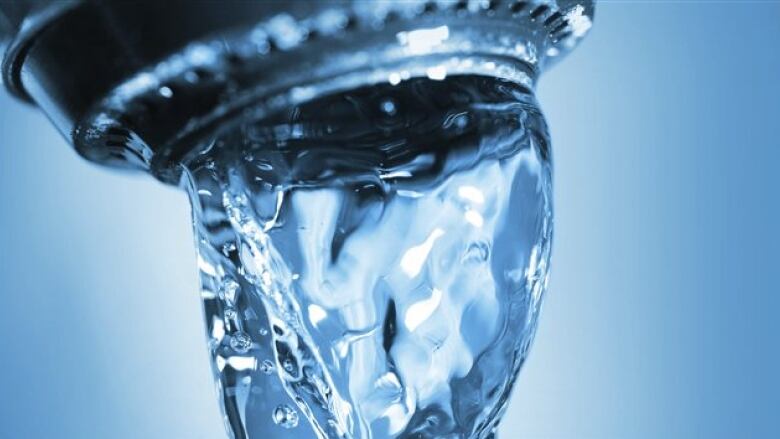5 ways Regina residents can conserve water at home
City asking for 25% reduction in water usage

The City of Regina is holding off on filling public pools and spray pads as it tries to deal with a water supply problem.
It's also asking residents to make an effort at conserving water.
On Wednesday, the city pleaded for a 25-per-cent reduction in water usage among residents after a drop of nearly zero followed the first request earlier in the week.
According to Environment Canada, saving water falls into three categories: reduce, reuse and retrofit.
Here are just some of Environment Canada's tips from those three principles that you can use at home:
1. Preventrunning taps
Make sure not to leave taps running when you're brushing your teeth. Also try keeping a bottle of drinking water in the fridge instead of letting your tap run until the water turns cold.
When washing the car, try filling up a bucket instead of leaving the hose running.
Avoidusing the washing machines or a dishwasher until there is a full load.
2. Checkbathroom usage
Make sure not to use the toilet as a garbage and try not to flush unnecessarily.
Keep showers under five minutes in length and only fill the tub a quarter of the way up when taking a bath.
3. Fix leaks
Environment Canada says leaking faucets are relatively easy and cheap to repair, and inexpensive kits are available at most hardware stores.
With respect to toilets, those that continue running after the flush is complete can waste as much as 200,000litres of water per year. Most leaks are due to flush valves and flapper valves that aren't sitting properly, which are usually inexpensive to fix.
4. Consider water-efficient toilets
A number of upgrades are available to make toilets more water-efficient. One example of a water-retention device is known as a toilet dam, which costs under $10 and can save about 5 litres per flush.
However, the toilet dams require regular checks and can slip out of place.
Those with older toilets of more than 15 years are advised to invest ina newultra-low-volume (ULV) toilet.
5. Use appropriate sprinklers
Suit outdoor sprinklers to the size and shape of your lawn, to prevent water from hitting the pavement areas beyond the grass.
Sprinklers that lay water down flat are considered better than the oscillatingmodels. Meanwhile,cisterns that capture and store rainwater provide an environmentally-conscious alternative.












_(720p).jpg)


 OFFICIAL HD MUSIC VIDEO.jpg)
.jpg)



























































































